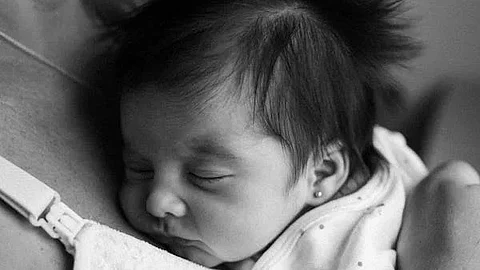Baby ear piercing is a widespread practice, yet opinions on timing and safety vary significantly. Some parents opt for early piercing, shortly after birth, while others delay until their child is older. The decision is often influenced by cultural traditions, with countries like Spain, Latin America, India, Africa, Asia and the Middle East considering ear piercing a sacred rite of passage. For instance, in Hinduism, the Karnavedha ceremony is performed between ages 1 and 5.
The American Academy of Pediatrics (AAP) ensures baby ear piercing safety when performed under sterile conditions and properly cared for. To minimize risks, consult your pediatrician beforehand and choose a medical office. Rigorous aftercare is crucial, involving twice-daily cleaning of the piercing sites for six weeks.
Ultimately, deciding when and whether to pierce depends on personal preference, cultural heritage and individual circumstances. Parents must weigh factors like potential risks, cultural significance and their child's maturity level. By understanding the facts and consulting experts, parents can make informed decisions tailored to their family's unique needs.
Piercing Your Baby's Ears: Expert Advice
According to Dr. Pawan Mandaviya, a renowned Consultant Pediatrician and Newborn Specialist from Surat, piercing a baby's ears requires careful consideration. In a post on his Instagram page (@drpawan_clinic), Dr. Mandaviya outlines essential guidelines. Ideally, piercing should occur at four months, after completing three DPT doses, by a reputable dermatologist or jeweler using the less painful gun method.


